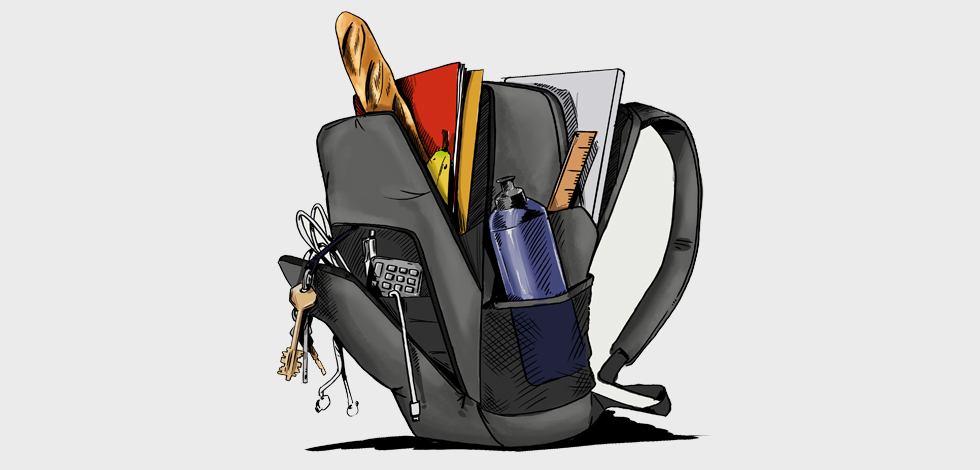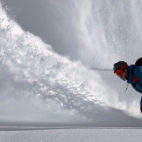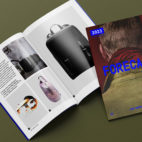Design Insights :: Fitting More In
At Carry HQ, we get to experience hundreds of carry products every year. One of the traits that surprises us most is the difference between how well these products can fit the things we want them to carry.
It turns out that the outer dimensions of a bag or suitcase only communicate a tiny part of how much gear each product will be able to carry for you. Small differences in shape, division, pocketing and material can make a huge difference to how densely you’ll be able to pack your carry, while still accessing each item when needed.
“It turns out that the outer dimensions of a bag or suitcase only communicate a tiny part of how much gear each product will be able to carry for you.”
While much of this stacking efficiency must be resolved with trial and error, there do seem to be themes and filters that help us fast-track to the better designs. While some of this must be gleaned with ‘experience’, we thought we’d try to get our zen on and share some of the ideas that we’ve found useful, all in the mission of fitting more in to less space…
The space between
Fitting more in is often about understanding the space between. The space not filled, or unable to be filled. Some see objects. Experience sees the absence of objects. Nothingness. They feel each volume of nothingness as a failing, a missed opportunity to reduce the overall volume.
“Fitting more in is often about understanding the space between. The space not filled, or unable to be filled.”
A constant pull
Gravity matters. Objects want to go low. Your gear crowds the low spaces. Objects get crushed. One must learn to suspend, nest, layer and stack. Let objects flow down only so far, then no further.
“One must learn to suspend, nest, layer and stack.”
Lateral tension
But beware of sideways tension. It can crush without external forces or objects. Understand the platform that stops the downward movement of an object. Can it do so without applying new lateral forces?
Play in four dimensions
Learn to see layers and relationships. Use all four dimensions; length, width, depth and time. Time is the black belt dimension. What is where and when. See the movement and flow, not just the static.
“Use all four dimensions; length, width, depth and time.”
Access paths
How does your carry come apart and together? What routes do you take to each sub-assembly of contents? Which contents are accessed on the move, versus at your destination? This will change how much you can open your form, versus sneaking into an external section.
Visibility
And then let it be seen. A thousand pockets create one thousand places to lose things. Maintain transparency where you should, and opacity when needed. Oh, and transparency can be through hints rather than screams.
“A thousand pockets create one thousand places to lose things.”
And remember…
Always see the space between.





 Carry Awards
Carry Awards Insights
Insights Liking
Liking Projects
Projects Interviews
Interviews














